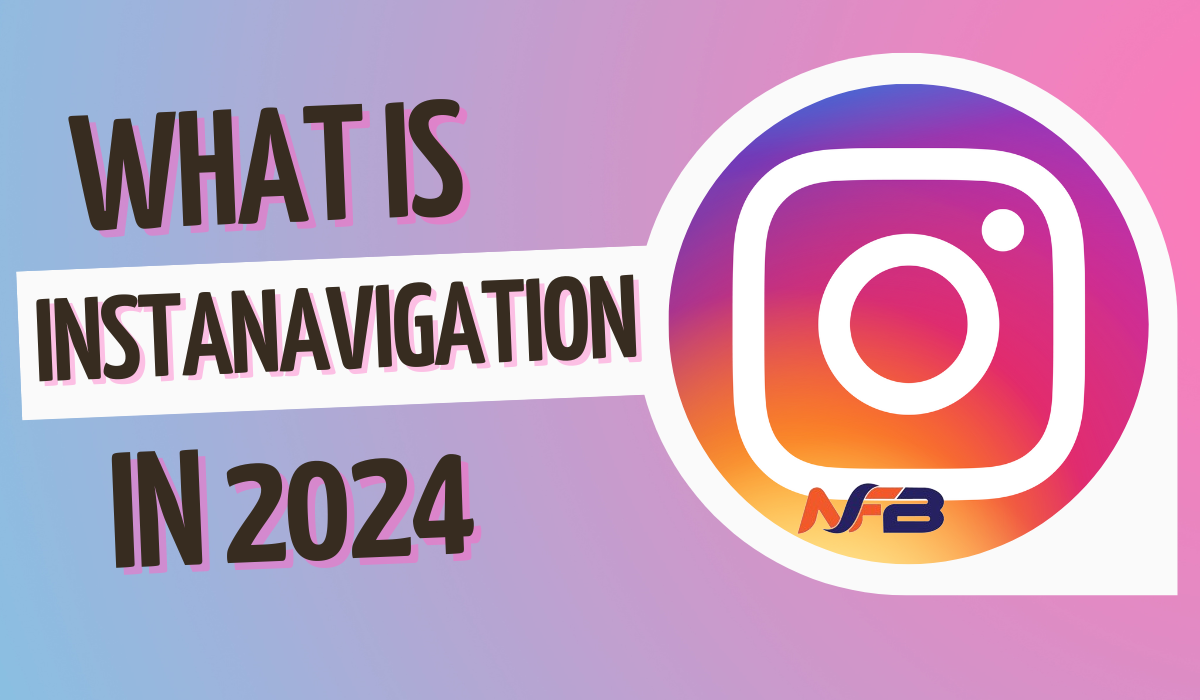Understanding The Instanavigation
Instanavigation is a navigation solution that enables visitors to instantly navigate large websites and apps with speed and ease. As websites grow in size and complexity, traditional navigation systems struggle to provide an optimal user experience. Instanavigation solves this problem by creating an AI-powered navigation structure that understands how people explore large digital landscapes.
How does instanavigation work?
Instanavigation analyzes huge amounts of user behavior data to understand how visitors engage with different sections of a website or app. It identifies popular entry and exit points, connection paths between pages, and common navigation sequences. The system then builds a predictive model of user flows and interests. This model powers an AI navigation system that instantly understands a visitor’s intent and proactively surfaces the most relevant content pathways.
Some key things instanavigation does include:
- Analyzing clickstreams and session data from millions of visits to map patterns in user journeys
- Identifying topic clusters and content categories based on terms, keywords and concepts across pages
- Building a semantic graph that connects related pages, sections and content types
- Generating dynamic filters, menus and recommendations based on a user’s search query or page context
- Updating recommendations and rankings in real-time based on fresh behavior signals
The end goal is to provide each visitor with a personalized set of intuitive navigation and discovery options tailored to their inferred needs and interests within a website.
Benefits of instanavigation
There are several advantages that businesses gain from implementing instanavigation:
Better user experiences
- Visitors can find relevant information faster through personalized recommendations
- Complex sites become easier to navigate via dynamic menus and filters
Increased engagement
- Leveraging user intent and context leads to higher dwell times and page views
- Personalized discovery discourages bounce traffic and boosts conversions
Improved findability
- Relevant content is proactively surfaced to match search queries and pages
- Hard to find pages receive appropriate visibility and discoverability
Actionable analytics
- Navigation patterns and user journey data provide actionable insights for optimization
- Identify gaps, opportunities for content improvements or new features
Reduced support costs
- Frictionless exploration decreases dependency on call centers or live chat assistance
- Self-help options like guided tours and dynamic FAQs are easily supported
How instanavigation improves over traditional navigation:
- Traditional menus are static while instanavigation adapts in real-time
- Fixed hierarchies can’t scale but instanavigation creates personalized paths
- Search is linear while instanavigation utilizes the full graph of connections
- One-size-fits-all is inflexible versus individualization in instanavigation
- Manual categorization has limits while instanavigation understands semantics
Implementation and customization
Most instanavigation solutions can be easily integrated with websites, apps or digital experiences via APIs and code snippets. Set-up typically involves:
- Installing tracking code to begin collecting behavioral data
- Connecting to relevant data sources for content/page metadata
- Configuring parameters like required dataset size and model training frequency
- Choosing from templates to render dynamically generated menus or recommendations
- Applying customizable filters to personalize recommendations further
- Integrating discovery/navigation modules into existing product experiences
- Ongoing optimization by monitoring analytics and adjusting model variables
The level of customization depends on specific vendor offerings but usually instanavigation systems are highly configurable to suit individual business needs and brand identities. Implementation teams work with clients to establish KPIs, design appropriate user interfaces and ensure a smooth transition. Over time, the solution learns more about users to continuously enhance personalization.
Choosing an instanavigation provider
When selecting an instanavigation technology partner, key factors to evaluate include:
- Experiencedeploying similar solutions and customer case studies
- Ability to integrate seamlessly via APIs or code snippets
- Customization capabilities and options for templating/styling
- Data processing power and capacity to handle expected volumes
- Predictive strength based on available training methodologies
- Security, privacy practices, hosting/infrastructure options
- Pricing models—one-time fee or usage-based/SaaS pricing
- Support availability, SLAs and responsiveness to feedback
- Contract flexibility, ownership of trained models post-engagement
- Partner ecosystem for complementary technologies/services
Some top vendors offering commercially available instanavigation platforms are Anthropic, Progressly, Taplytics, Sorterate, Glean and Conductor. Enterprise locations also construct custom AI navigation systems in-house. A trial deployment can help assess real user performance before finalizing commitments.
Future of instanavigation
As the volume of digital content continues expanding at a dizzying pace, intuitive guidance will become ever more crucial to tackle issues of overwhelm and complexity. Looking ahead, instanavigation is set to evolve in a few noteworthy ways:
- Multi-modal inputs beyond clicks to incorporate concepts like gaze, touch, voice for a more holistic view of user intent
- Personal graph of interests that travels cross-device to deliver unified personalized experiences
- Generating micro-summaries, auto-tags and highlighted snippets to augment discoverability
- Profiling large subgroups for mass-personalization serving common audience segments
- Integrating knowledge graphs and ontologies for a semantic understanding of topics
- Powering conversational interfaces with contextual QA, guided recommendations and conversational exploration
- Adapting menus and filters in real-time based on environmental triggers like location, time of day etc.
- Democratizing the creation of dynamic information architectures through low-code solutions
- Applying generative techniques to summarize long-form content and generate new personalized walkthroughs
Instanavigation promises to completely redefine how people explore the digital world. As the technology advances towards a fuller understanding of human context and intent, navigation will increasingly occur in a frictionless, anticipatory manner leading to entirely new standards of usability.
How to get started with instanavigation:
If you want to implement instanavigation for your website or app, here are some initial steps to follow:
- Evaluate your goals and use cases
- Define key problems to solve like findability, engagement or support overhead
- Map desired outcomes in terms of metrics like conversion rate or time on site
- Review your content architecture and taxonomy
- Audit existing navigation patterns and common user journeys
- Assess semantic relationships between topics and content clusters
- Select an instanavigation provider and set up a trial
- Research vendors based on requirements from the choosing factors above
- Arrange a proof of concept deployment with sample data
- Integrate tracking code on your digital properties
- Install snippets or SDK for logging user behavior events
- Connect to internal sources for metadata and context signals
- Configure templates and customizations
- Work with the vendor to design personalized modules
- Apply business rules and logic for real-time personalization
- Analyze trial performance and iterate
- Monitor metrics like clicks, views and engagement over baselines
- Provide feedback to improve relevance of recommendations
- Develop change management processes
- Train teams on the vendor dashboard and configuration options
- Communicate product enhancements to customers
- Commit to ongoing optimization
- Ensure model and algorithms continue learning over time
- Refine taxonomy and metadata based on gaps revealed in logs
Following this phased plan can help realize the many tangible benefits that instanavigation provides for enhancing digital experiences at scale. Regular assessment also keeps solutions finely-tuned for greatest impact.




Post Comment